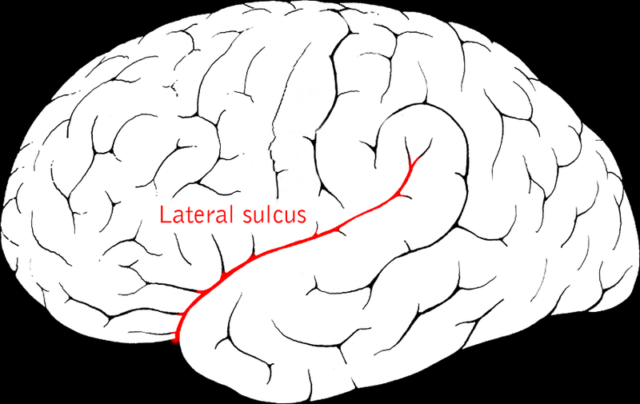All of the famous people of the past had a body part which, in one way or another, had earned them fame and popularity. In some cases, it was either the beautiful face or physique, while for others it was their brain that catalyzed their popularity.
Many of those body parts were so celebrated that people found the need to preserve them for various reasons. Here’s a list of the 6 most famous preserved body parts:
1. Albert Einstein’s brain
The most famous scientist of all times died in 1955. Hours after his death, his brain was removed from his body so that it could be studied. Einstein was a renowned genius, and scientists wanted to know the difference between his brilliant brain and the brains of ordinary people.

The brain disappeared after the studies were made, only to be found again in 1978, in the possession of the doctor who removed it, Dr. Thomas Stoltz Harvey. In 2010, the brain was donated to the National Museum of Health and Medicine in the United States. Besides the brain, Einstein’s eyes were also removed from his body and are still kept in a deposit box in New York city.
2. Che Guevara’s hair
The renowned revolutionary was killed in 1967 by the Bolivian Army. After his assassination, a CIA operative managed to sneak close enough to the dead body and snip off a piece of Che Guevara’s hair.

The 3-inch long piece of hair was sold at an auction, together with photos of Che’s cadaver and a copy of his fingerprints. The pieces were bought by Bill Butler, a Texas-based rare book dealer, and 1960’s memorabilia collector. Mr. Butler was a huge fan of Che Guevara and displayed the purchased items in his bookstore in Houston.
3. Buddha’s tooth
Buddhism as a religion was founded in the 6th century BC in India by Gautama Buddha. This spiritual leader was loved by its followers and many mourned his death. Buddha’s body was cremated, but before it was set on fire, his followers managed to take one of his canine teeth out.

This relic was kept as a sacred item and a desirable object by many. The war between the Indian states caused the tooth to be relocated several times, ending up in Sri Lanka as its final residence.
4. Benito Mussolini’s brain
The notorious dictator was executed in 1945 by a firing squad of Italian communists. After his death, an autopsy was carried out at the Institute of Legal Medicine in Milan. The government of the United States asked for a piece of his brain for studies, but it is more believable that they just wanted a trophy for their triumph over the Nazi forces. The US authorities had a theory that Mussolini suffered from syphilis and that this was the cause of his insanity.

However, the Americans never found syphilis in the dictator’s body and 21 years later, they returned the brain sample to Il Duce’s widow, Rachele Mussolini. In 2007, pieces of the brain appeared on eBay, where they reached the price of $22,000.
5. Galileo Galilei’s middle finger
The Renaissance mathematician and astronomer was a real scientific revolutionary in the 17th century and made several important discoveries during his career. Galileo was condemned by the Catholic Church as a heretic due to his views of the world. After his death in 1642, the scientist was buried in a small room in the Basilica di Santa Croce in Florence, Italy. Some 95 years later, in 1737, his body was relocated to the main room in the basilica, where a monument was erected in his honor.

During the move, a tooth and three of his fingers were removed from the remains of his body, and the middle finger of his right hand traveled around for several centuries, arriving at its final resting place, the Florence History of Science Museum.
6. Abraham Lincoln’s skull pieces
The 16th President of the United States was shot by John Wilkes Booth on 14 April 1865, while attending a play at Ford’s Theatre.

The doctors did their best to save his life, but pulling the bullet out of the President’s head caused a blood clot and fragments of his skull to dislodge
These fragments were not buried together with Abraham Lincoln but were preserved and can be seen on display in the National Museum of Health and Medicine, together with the bullet that killed the President.
